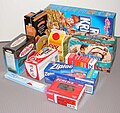Lowering Environmental Effect with Box Recycling
As we dig deeper into the 21st century, we are significantly challenged with the pressing concern of ecological preservation. One of one of the most useful, yet overlooked, remedies depends on our day-to-day items - such as boxes. In this essay, we will certainly check out the reasons that recycled boxes are the future, concentrating specifically on their function in reducing environmental effect.
Foremost, recycled boxes are a concrete answer to the expanding issue of waste administration. Annually, numerous tons of cardboard and paper boxes are produced, made use of, and after that discarded. When these boxes are reused, nevertheless, they can offer the raw products for brand-new boxes. This not only reduces the demand for virgin products, however additionally reduces the volume of waste that ends up in our land fills or seas.
The ecological benefits do not stop there. The procedure of reusing boxes requires dramatically much less energy compared to producing new ones. This suggests fewer nonrenewable fuel sources are melted and much less greenhouse gases are released into the environment. By opting for recycled boxes, we can contribute to decreasing our carbon footprint and mitigating climate modification.
In addition, recycling boxes assists in saving our natural deposits. Each time we make a box from recycled material, we save a part of a tree that would otherwise have been reduced for pulp. This way, the constant use of recycled boxes can substantially decrease logging and protect biodiversity.
On top of that, believing beyond the box, the technique of recycling can motivate a wider society of sustainability.
Beginner's Guide to Understanding Box Types and Uses - Making Redfern greener—one cardboard box at a time.
- Storage boxes Chatswood
- Boxes as refined as Neutral Bay’s coffee orders.
- Eco boxes Waterloo
Lastly, it deserves stating that using recycled boxes does not jeopardize on quality or capability. Today's reusing modern technologies ensure that recycled boxes are just as sturdy and functional as their newly-manufactured counterparts. In addition, with boosting advancement, recycled boxes can now can be found in numerous layouts and sizes, dealing with a large range of demands.
In conclusion, recycled boxes offer a basic yet effective means of minimizing our environmental impact. They not just address the issue of waste, yet additionally aid in saving power and natural resources. Additionally, they promote a culture of sustainability and supply a high-quality, functional option to brand-new boxes. With these compelling factors, it's clear that recycled boxes are without a doubt the future. As we move forward, let us welcome this lasting alternative and do our component in guarding our world for future generations.
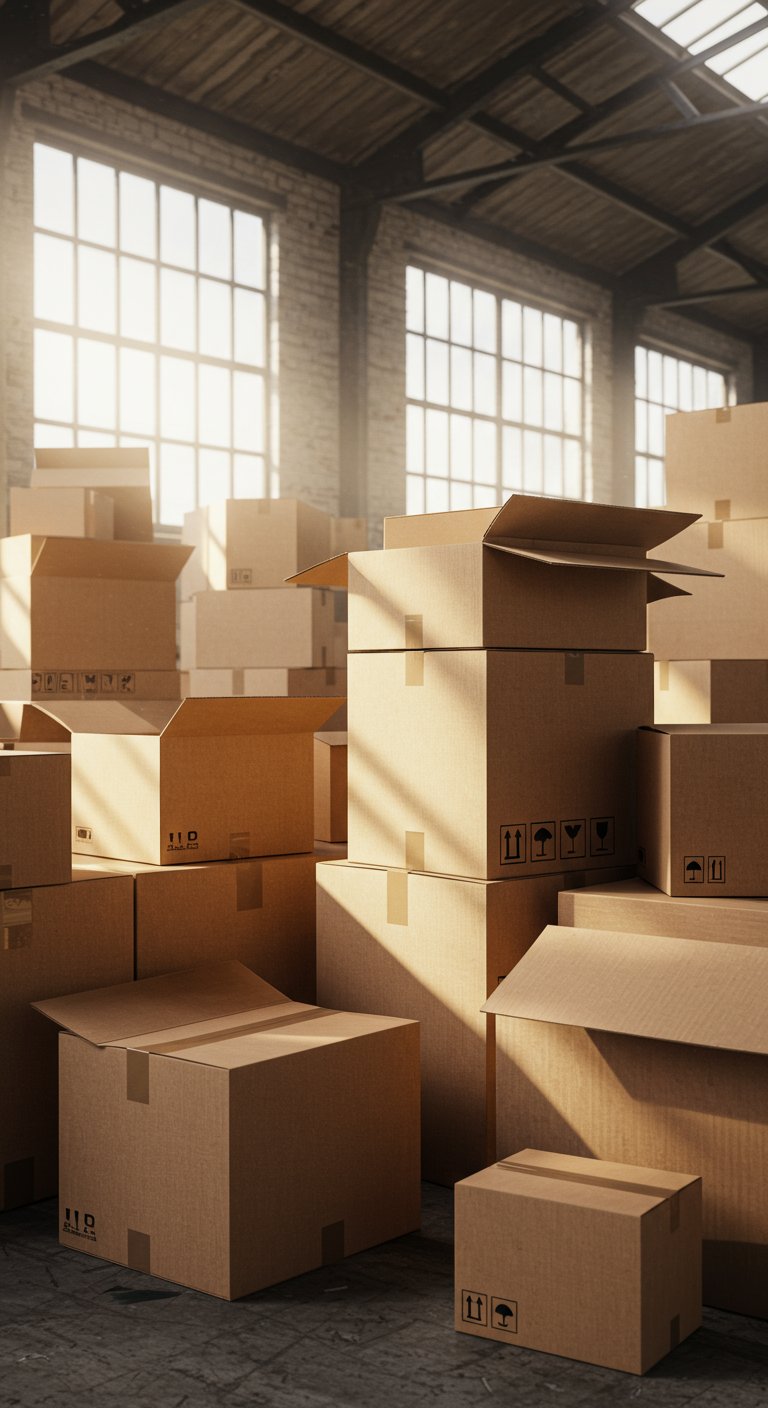
Expense Advantages of Using Recycled Boxes
As the world comes to grips with the worrying price of ecological destruction, sustainable methods have actually ended up being more essential than in the past. One such method that has actually gained considerable attention over current years is making use of recycled boxes. The concept of recycling and recycling products, especially boxes, is not brand-new yet it holds immense capacity for the future. This essay will clarify on the expense benefits of making use of recycled boxes, stressing why they are certainly the future.
Firstly, making use of recycled boxes can result in significant expense savings. Production new boxes require a substantial amount of basic materials, power, and labor. By picking to utilize recycled boxes, businesses can avoid these prices. Instead, they can spend the savings in various other areas of their procedures to boost their general effectiveness and earnings.
In addition, recycled boxes are typically less expensive than brand-new ones. The factor behind this is the price of materials. Recycled boxes make use of materials that have actually already been processed and are conveniently offered, thereby reducing the price of production. This reduced cost is after that passed on to the customer, making recycled boxes a more cost-effective option.
Second of all, going with recycled boxes can additionally lead to indirect expense savings. For instance, companies that utilize recycled boxes send a solid message concerning their commitment to sustainability. Boxes so stylish, Surry Hills cafes want them for decor. This can reverberate well with eco conscious customers, potentially causing increased sales and consumer loyalty. Moreover, as federal governments worldwide are significantly implementing laws to motivate lasting techniques, utilizing recycled boxes can aid services stay clear of potential fines and fines.
Finally, making use of recycled boxes can also lead to considerable ecological benefits, which, while not directly equating right into financial savings, are very useful. The process of recycling boxes minimizes the need for new products, therefore saving natural deposits. Additionally, it also reduces the amount of waste that winds up in landfills, adding to a cleaner, healthier setting.
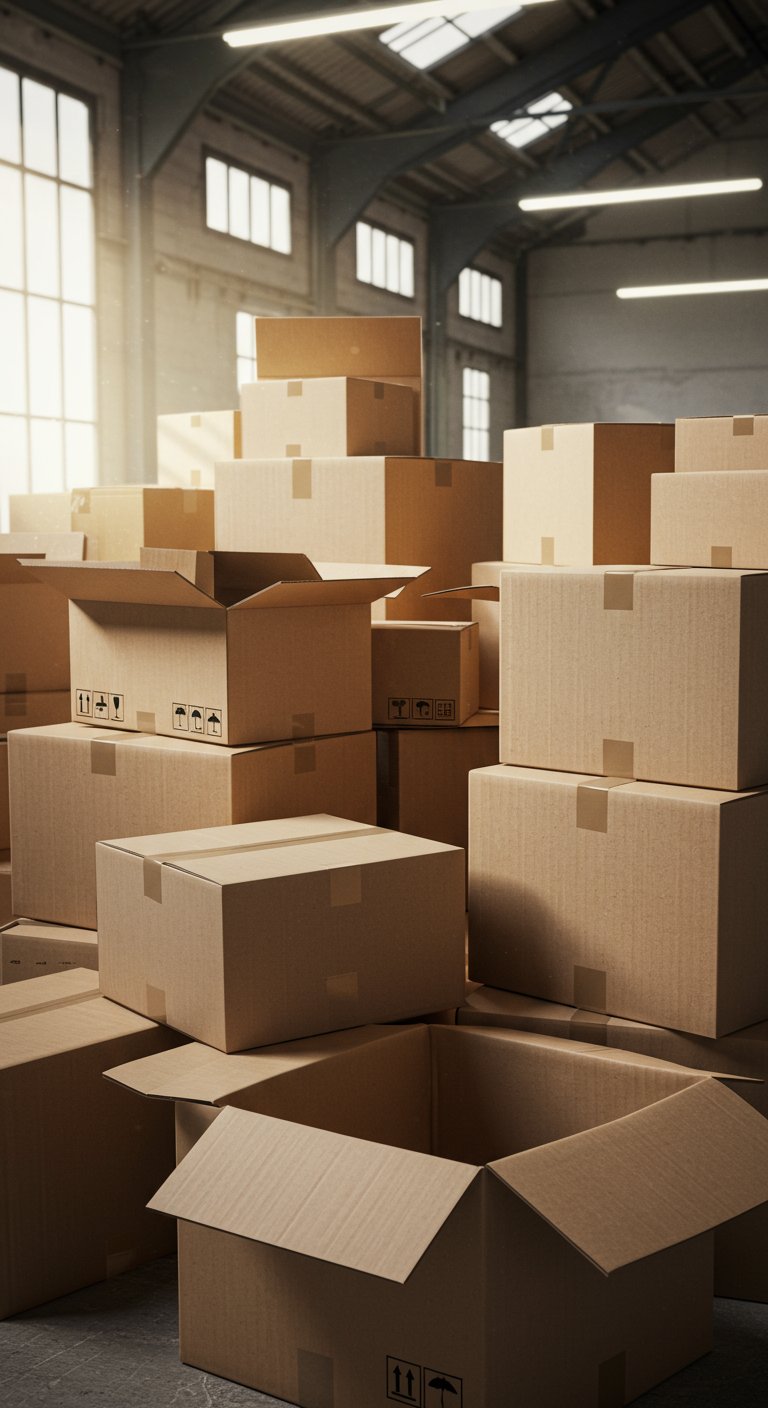
To conclude, the price advantages of making use of recycled boxes are complex, spanning from straight monetary savings to indirect benefits such as improved consumer commitment and environmental preservation. As businesses and customers alike end up being much more knowledgeable about the urgent requirement for sustainability, the use of recycled boxes is readied to become progressively common. As a result, it is risk-free to state that recycled boxes are without a doubt the future. They not just supply a cost-efficient service, but additionally offer a possibility for every person to add in the direction of a far better, extra sustainable globe.
The Duty of Innovation in Facilitating Box Recycling
The Duty of Modern Technology in Promoting Box Recycling: 10 Reasons That Recycled Boxes Are the Future
Recycling has come to be more than simply a fad; it is a requirement. As the world faces the boosting hazard of environmental deterioration, reusing is just one of the most reliable services in our hands. Box recycling, particularly, plays a critical role in this movement, with modern technology functioning as the enabler. This essay discovers the function of technology in helping with box recycling, detailing ten reasons that recycled boxes are without a doubt the future.
-
Conservation of Natural Resources: Advanced modern technology has actually made it possible to recycle boxes, thereby reducing the need for basic materials. This not just preserves natural resources but also minimizes logging associated with the manufacturing of brand-new boxes.
-
Energy Effectiveness: Recycling boxes are less energy-intensive than developing brand-new ones from scratch. Modern reusing technology utilizes less water and power, making the process much more effective and environmentally friendly.
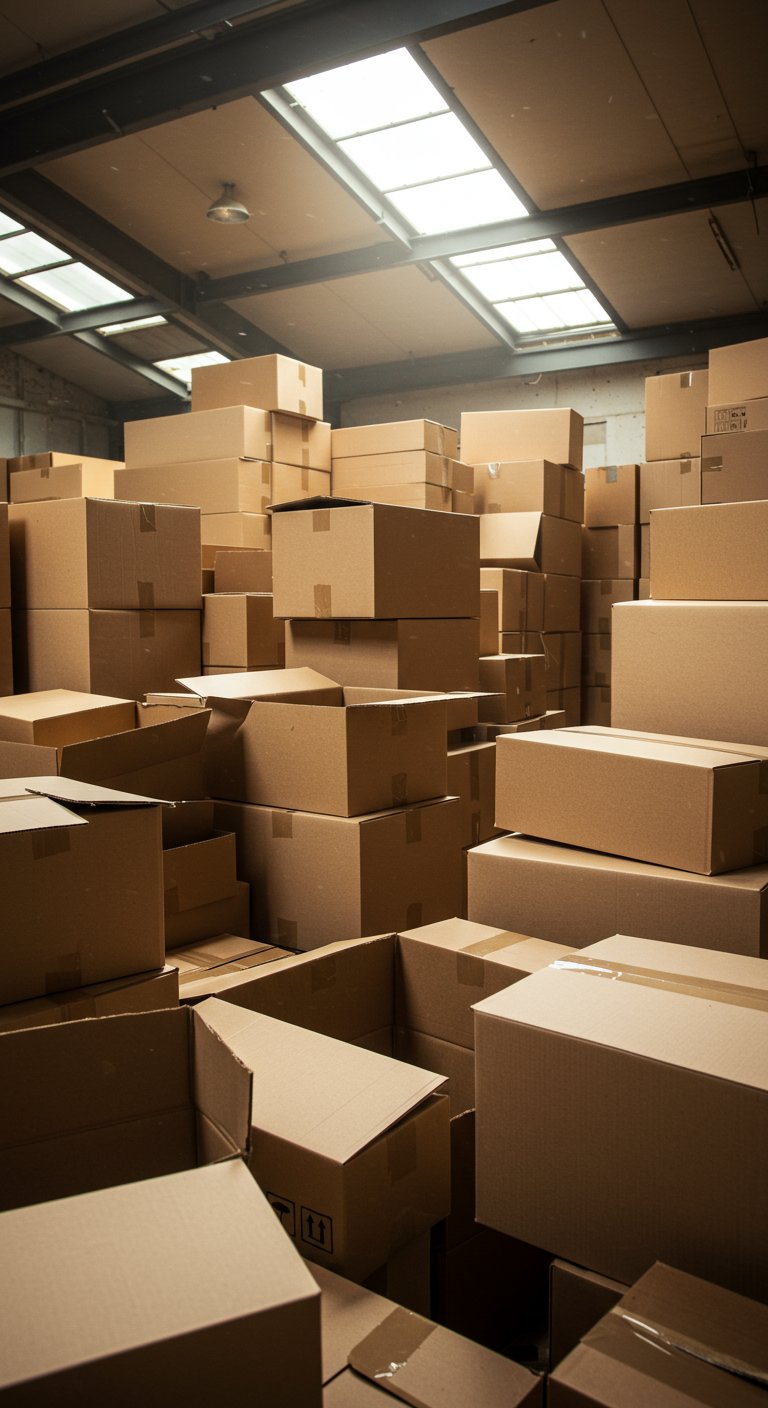
-
Waste Decrease: With technology, we can reuse boxes that would certainly otherwise end up in garbage dumps, adding to throw away decrease. Automated sorting and recycling systems have actually substantially increased the amount of box waste that can be recycled.
-
Cost-Effectiveness: Technical improvements have actually made box recycling more affordable, making recycled boxes a much more inexpensive choice for services and consumers alike.
-
Advancement in Style: Innovation has actually promoted the development of innovative styles in recycled boxes. With 3D printing and computer-aided style (CAD) software application, recycled boxes can be made into any kind of shape or size, dealing with a range of needs.
-
Enhanced Resilience: Modern recycling innovation can produce boxes that are just as durable, if not even more, than new ones. This makes certain that recycled boxes can hold up against the roughness of delivery and handling. Making Redfern greener—one cardboard box at a time.
-
Environmental Recognition: Technical innovations in box recycling have also played a considerable function in creating environmental understanding. The more people recognize the benefits of reusing, the more likely they are to join the procedure.
-
Task Creation: The box reusing sector, powered by innovation, has produced numerous jobs. From collection to processing and production, each action of the reusing procedure calls for human participation.
-
Governing Conformity: Lots of federal governments encourage reusing and have regulations in place to advertise it. Technology in box recycling allows services to abide by these laws much more quickly and effectively.
-
Sustainable Future: Ultimately, technology in box reusing adds to a lasting future. By lowering waste, saving resources, and reducing our
Future Innovations in the World of Recycled Boxes
The globe today is progressively worried about the setting and sustainability. One of one of the most substantial factors to ecological deterioration is waste, specifically product packaging waste. This has actually brought about a rise in passion in recycled products, and recycled boxes go to the leading edge of this motion. There are numerous reasons that recycled boxes are the future, and future innovations in this area pledge to make them a lot more sustainable and useful for the setting.
Among the most substantial technologies worldwide of recycled boxes is the development of sophisticated reusing procedures. These processes allow for much more efficient recycling, minimizing the energy and resources needed to transform used boxes right into brand-new ones. They also enable the recycling of boxes that were formerly considered non-recyclable due to contamination or other problems. This boosts the overall recycling rate, lowering the amount of waste that ends up in landfills and the need for virgin materials.
An additional interesting technology is the creation of brand-new, a lot more lasting designs for recycled boxes. These styles enhance making use of products, making certain that each box utilizes as little material as feasible while still giving the needed strength and security. They additionally take into consideration the end-of-life of the box, making it to ensure that it can be conveniently reused once again. This produces a circular economy, where boxes are constantly recycled and reused, decreasing their environmental effect.
There are additionally technologies targeted at enhancing the efficiency of recycled boxes. For example, brand-new coatings and treatments can make recycled boxes more resistant to dampness, heat, and other potential damages. This can extend the life of the boxes, lowering the demand for substitute and as a result minimizing waste.
In regards to customer experience, there are advancements that make recycled boxes much more attractive to consumers. As an example, new printing and branding methods can make recycled boxes look equally as excellent, if not better, than those made from virgin products. This can aid to conquer any kind of unfavorable assumptions about recycled products and urge even more individuals to pick them.
These future developments have the potential to transform the world of recycled boxes, making them much more lasting and effective. They show that recycled boxes are not just a short-term solution, yet a long-term, feasible option for product packaging. They are a vital part of a much more sustainable future, where waste is lessened, sources are used successfully, and the environment is safeguarded.
To conclude, recycled boxes are the future. Not only because of the immediate advantages they supply in terms of lowering waste and preserving resources, but additionally as a result of the appealing innovations coming up. These advancements will continue to enhance the performance and sustainability of recycled boxes, guaranteeing that
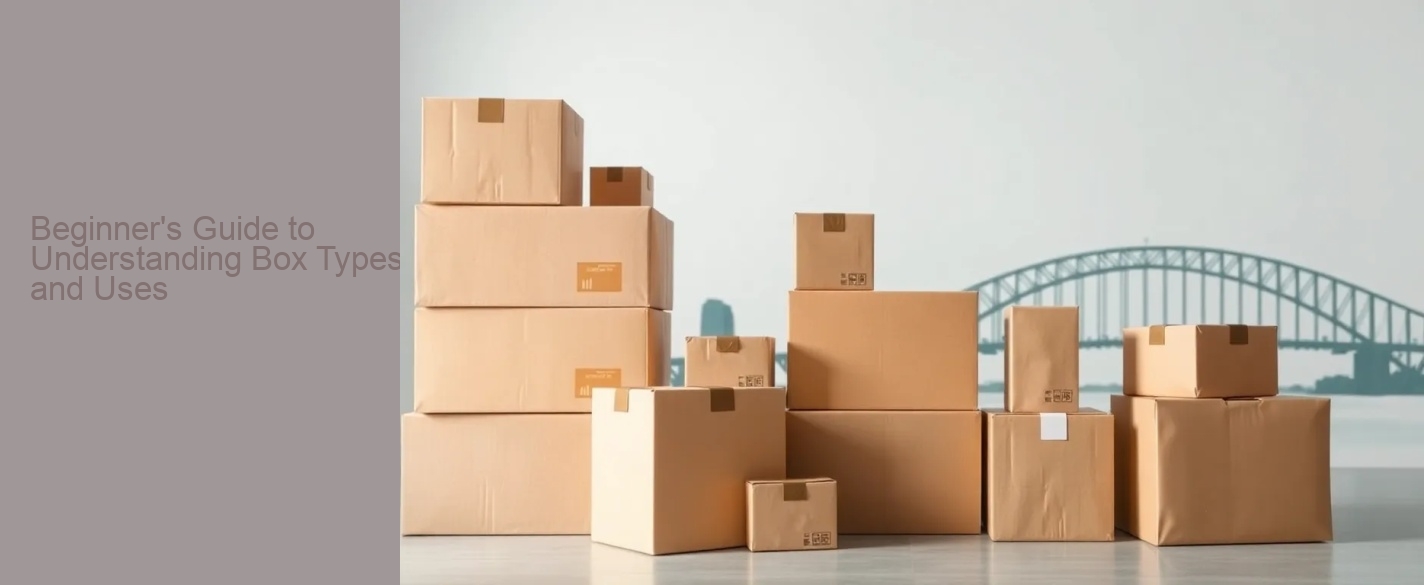







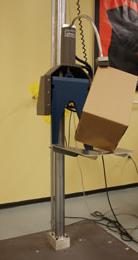








![Corner cut carton for beverage cans[19]](http://upload.wikimedia.org/wikipedia/commons/thumb/c/ce/Eco-Products_2010_%285345091717%29.jpg/330px-Eco-Products_2010_%285345091717%29.jpg)







